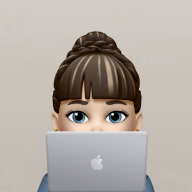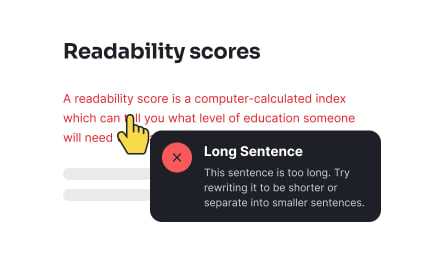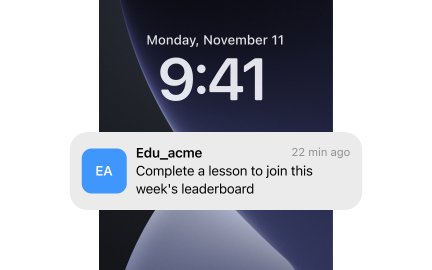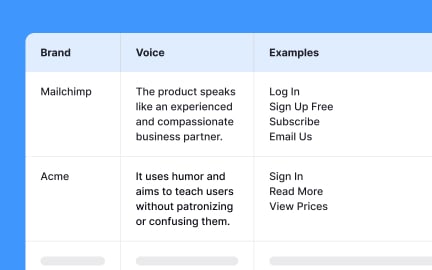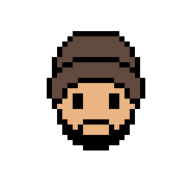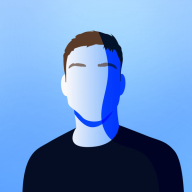End User
The end user is the person who ultimately interacts with a product or service, shaping how design and product teams define success, usability, and value.
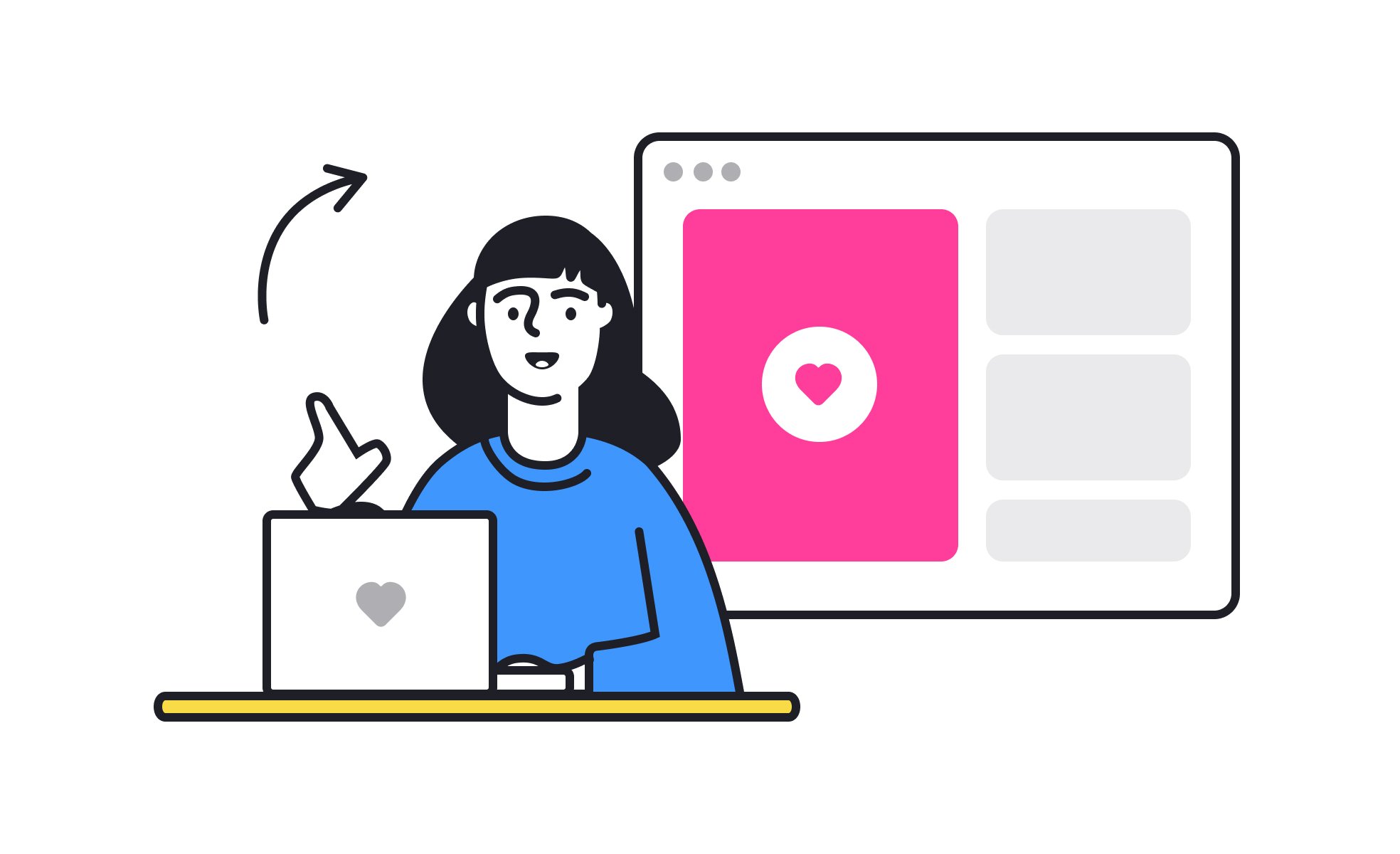
The term “end user” refers to the individual who directly engages with a product, system, or service. While stakeholders, administrators, or customers may purchase or support a product, the end user determines whether it succeeds or fails through daily interaction. Understanding their needs is central to both UX design and product management.
In design, the end user drives decisions about usability, accessibility, and aesthetics. Designers build interfaces that enable these users to complete tasks efficiently and enjoyably. Without focusing on end users, teams risk building products that meet business requirements but fail in real adoption.
For product managers, the end user is the anchor point for prioritization and strategy. Business buyers or executives may influence purchasing, but if end users find the product frustrating, adoption rates and renewals suffer. PMs who balance stakeholder demands with end-user satisfaction create sustainable success.
The concept of the end user also highlights the difference between direct and indirect audiences. For example, in healthcare software, the buyer may be hospital leadership, but the end users are nurses and doctors who must integrate the tool into daily routines. Designing only for the buyer without considering the end user leads to low engagement.
Accessibility further broadens the definition. End users include people with disabilities, older adults, and those with varying technical literacy. Inclusive design practices ensure that all segments of the end user base can benefit from the product.
Real-world examples highlight this. Microsoft shifted its strategy toward user-centered inclusivity, designing tools like the adaptive controller for gamers with physical limitations. By focusing on end users rather than buyers alone, the company improved both adoption and reputation.
Key Takeaways
- End users directly interact with the product daily.
- Designers focus on usability, accessibility, and satisfaction.
- Product managers balance stakeholder and end-user needs.
- Differentiating buyers and users avoids low adoption.
- Inclusive design expands end user reach and impact.
Customers may purchase or approve a product, while end users are the ones who use it. In enterprise software, the customer might be leadership, but the true end users are employees.
This distinction matters because products must satisfy both groups. Ignoring end users results in low adoption even when customers are supportive.
End users determine whether a product integrates into daily habits. If they find it intuitive and valuable, adoption spreads naturally. If not, churn increases and renewals drop.
Products that prioritize end-user experience often outperform competitors because they deliver real value at the point of use. Long-term growth depends on that connection.
Accessibility expands the scope of who counts as an end user. It ensures that people with disabilities, older adults, or those with limited digital literacy can use products effectively.
When teams design inclusively, they reach broader audiences and reduce barriers. This not only improves ethical standards but also unlocks business opportunities by serving more users.
Recommended resources
Courses

UX Writing

Color Psychology

Accessibility Foundations
Lessons

Influencing Behavior With Color

Researching User Needs

Learning From Users
Exercises
Projects

Empathy map for Degroof Petercam

Empathy map



